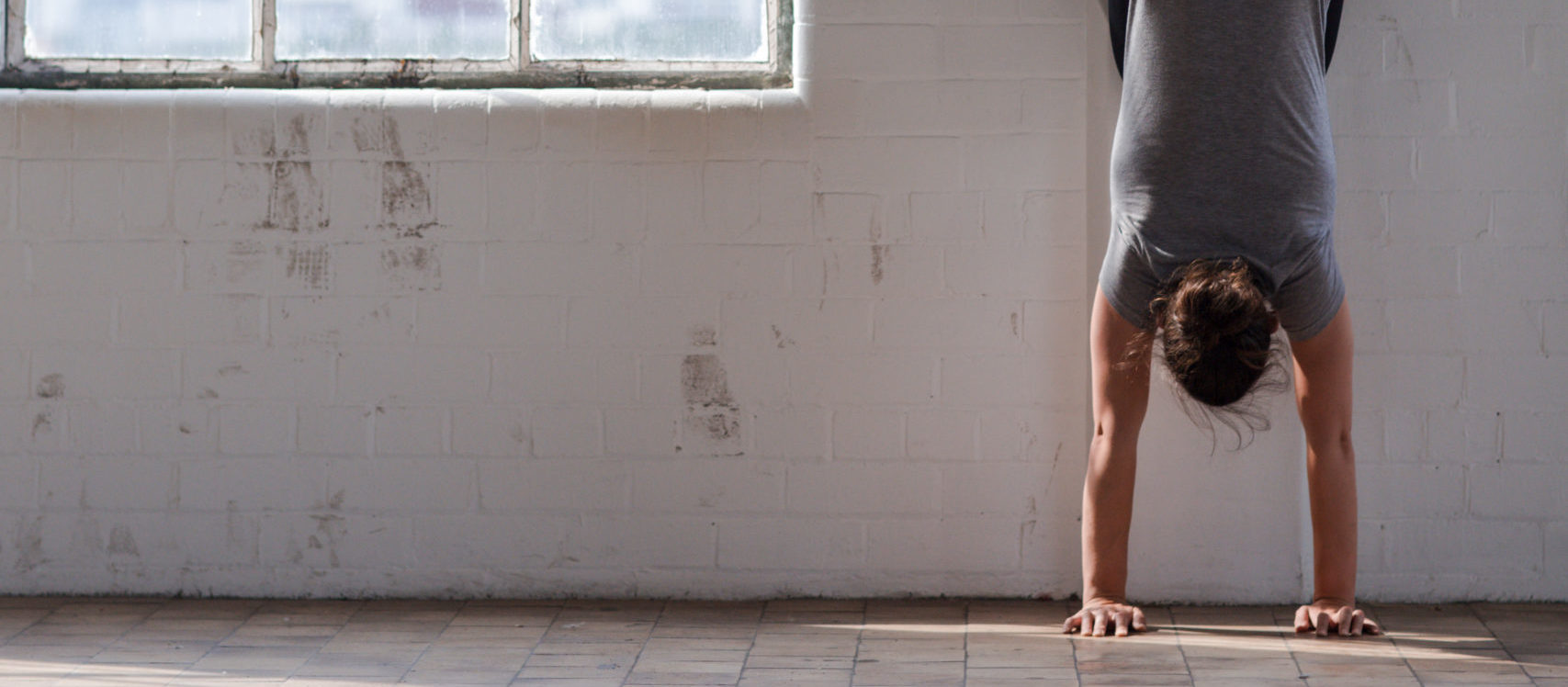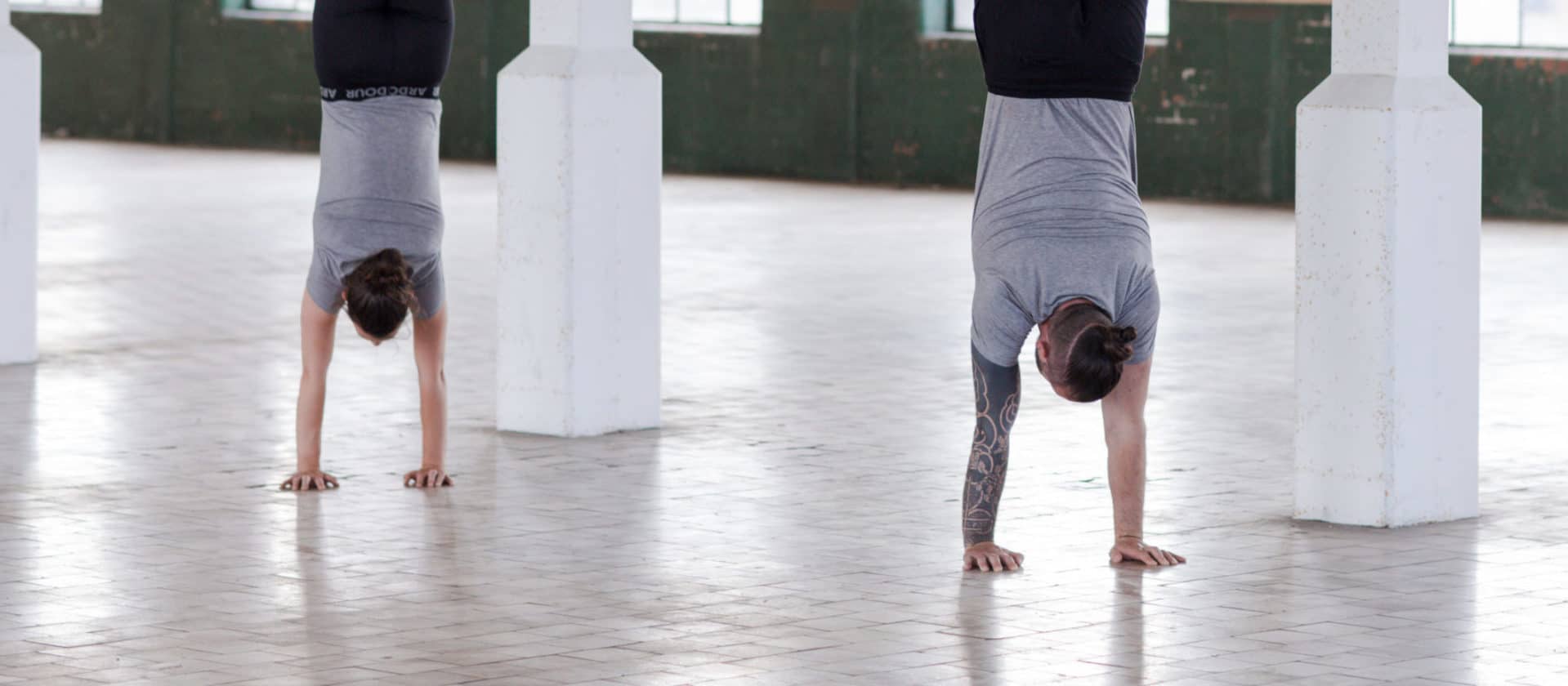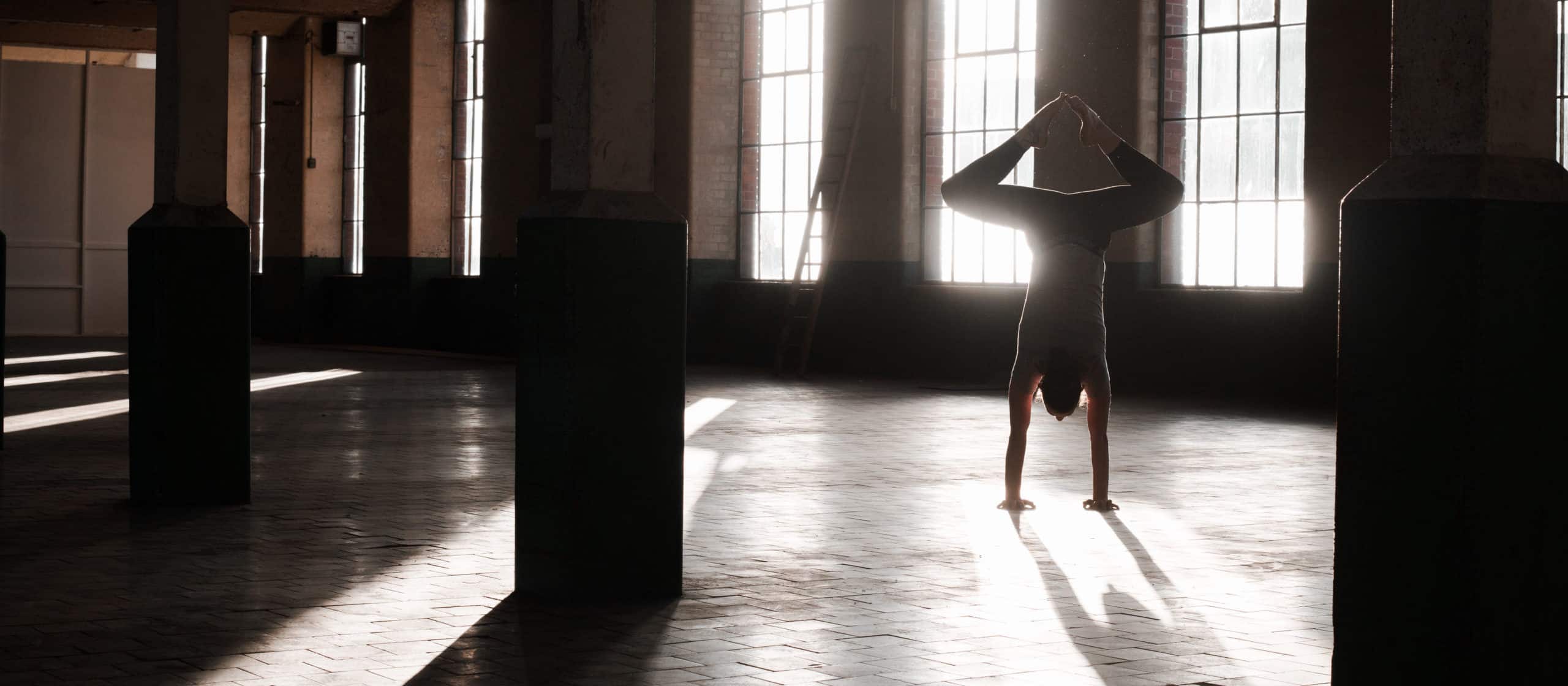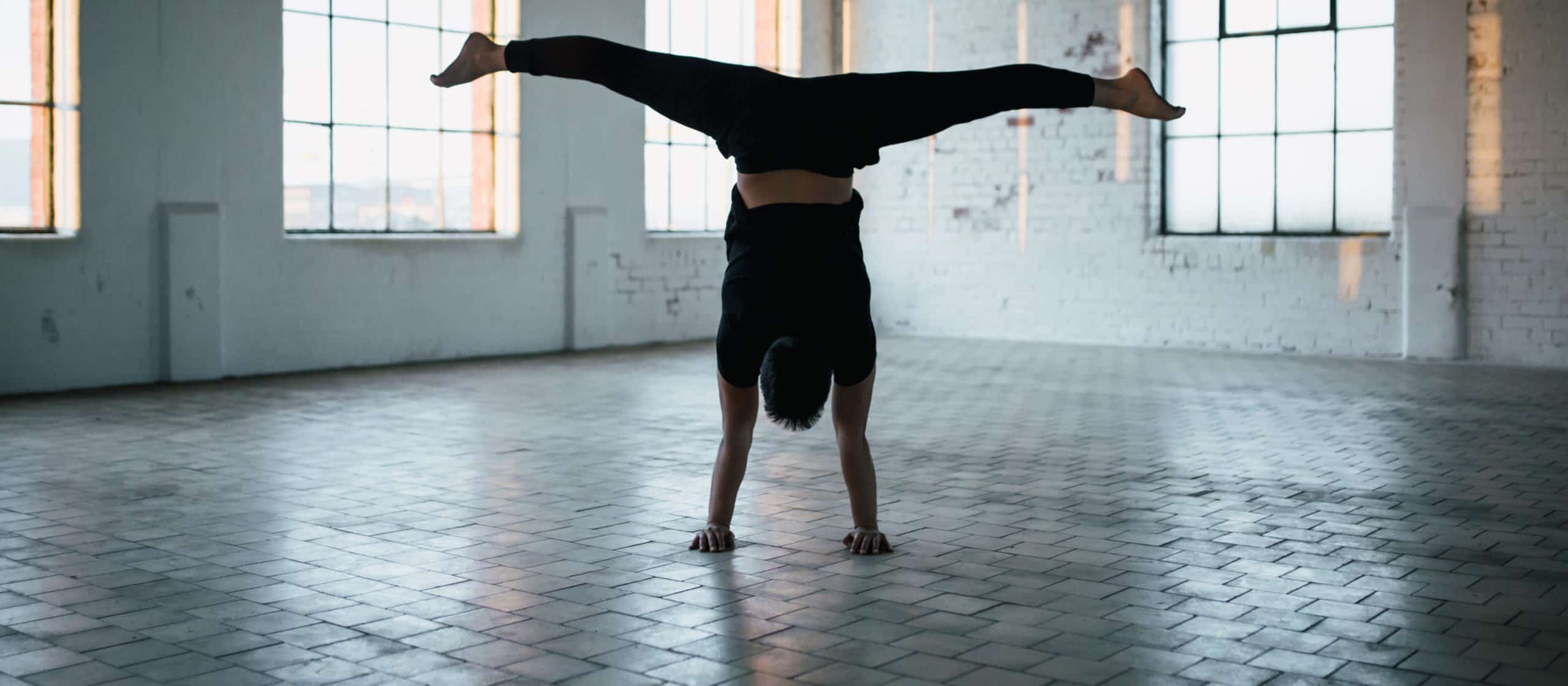Train Handstands at Home
Handstands are a minimalist pursuit easily trained at home. To make the most of handstands at home, we've outlined what you'll need (it's not much), the challenges you'll encounter with some proposed solutions, and the surprising perks of training at home.




